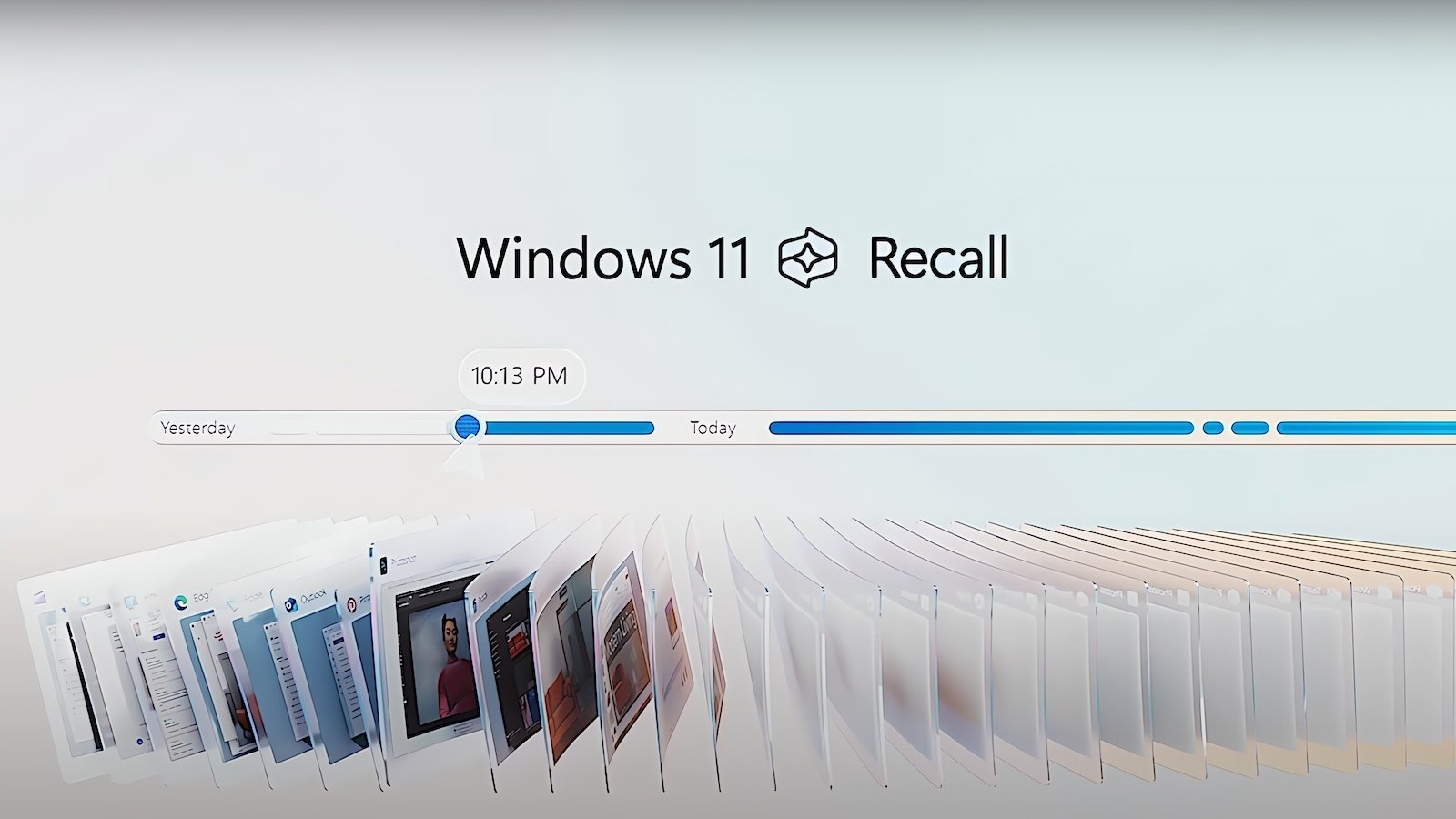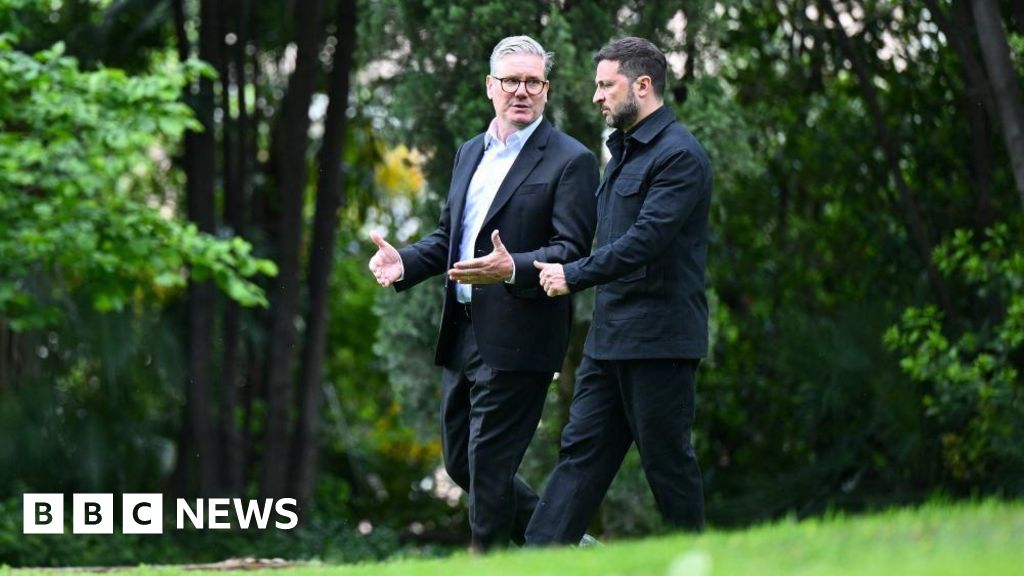Gary Simmons is a well-known Conceptual artist, recognized for his use of chalk and paint to create spectral images that seem to be fading away. His work explores the ways in which racial ideas are spread and disseminated. His biggest and most comprehensive retrospective, entitled “Gary Simmons: Public Enemy,” will open at the Museum of Contemporary Art Chicago on June 13. The exhibition will feature 70 of his works and will run until October 1 before being shown at the Pérez Art Museum Miami.
Simmons gained recognition for his work in the 1993 Biennial at the Whitney Museum of American Art with “Wall of Eyes,” part of his “wall drawings” series of artwork. His signature move is the use of smeared white lines of erasure, which he uses to create ghostly images that force viewers to fill in the gaps before the image disappears. His work has influenced younger artists and has been described as powerful by Thelma Golden, director of the Studio Museum in Harlem.
Simmons recreates his works directly on walls, which adds another layer of meaning, as the drawings become embedded in the space and history of the exhibition venue. His ability to move between paintings and elaborate sculptures has led to him being called a “real poet of material” by Franklin Sirmans, director of the Pérez Museum.
Simmons’ work deals with collective memory and what we tend to forget. His ability to draw has left fellow artist Glenn Ligon impressed, and the content of his work centers around race, politics, and education. His childhood, although difficult, has found its way into his work.
Simmons’ career was kickstarted in New York in 1992 with the exhibition “Garden of Hate,” and he later joined the gallery Metro Pictures. His latest show, entitled “This Must Be the Place,” features six works in London’s Hauser & Wirth gallery. It includes two bronzes of crows, which refer











